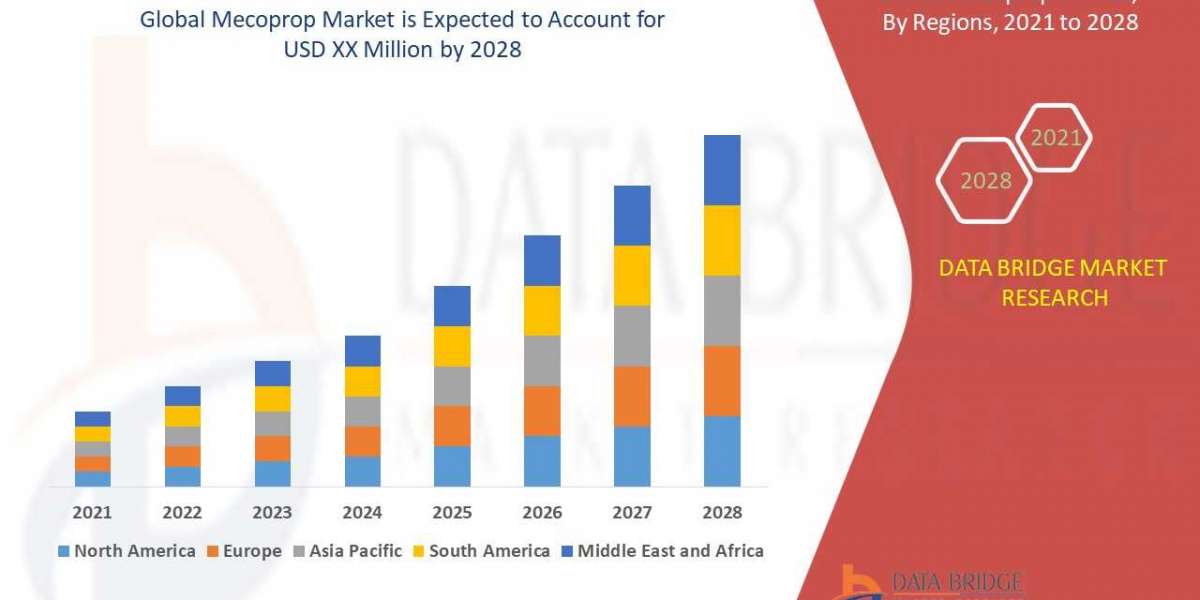The Refuse-Derived Fuel (RDF) market has gained significant attention in recent years as the world seeks innovative solutions to address waste management challenges while simultaneously advancing towards cleaner and more sustainable energy sources. RDF represents a novel approach to waste disposal, transforming non-recyclable materials into a valuable resource for energy generation and reducing the environmental impact of landfilling.
Introduction to Refuse-Derived Fuel:
Refuse-Derived Fuel is a product derived from municipal solid waste (MSW) through a mechanical and/or biological treatment process. The goal is to extract usable energy from waste that would otherwise be sent to landfills, contributing to the reduction of landfill waste volumes and greenhouse gas emissions. This process involves sorting and processing waste to remove recyclable materials, followed by further treatment to create a uniform fuel product.
Driving Factors Behind the RDF Market Growth:
Several factors have fueled the growth of the RDF market. One of the primary drivers is the increasing emphasis on sustainable waste management practices and the move towards a circular economy. Governments and organizations worldwide are recognizing the environmental hazards posed by landfills and are seeking alternatives that can mitigate these issues.
Furthermore, RDF offers an attractive solution to the growing energy demand. As traditional fossil fuels face scrutiny due to their environmental impact, RDF provides an alternative energy source that is derived from waste, reducing the need for finite fossil fuel resources. This aligns with global efforts to transition to cleaner and renewable energy options.
Key Benefits and Advantages:
The Refuse-Derived Fuel market offers numerous benefits, contributing to both waste management and energy sectors:
Waste Diversion: RDF diverts non-recyclable waste away from landfills, which helps extend the lifespan of existing landfill sites and reduces the risk of environmental pollution.
Energy Generation: RDF can be used as a fuel in various industrial processes, including power generation in waste-to-energy (WTE) plants. The energy generated can be harnessed to power homes, businesses, and even industries.
Reduced Greenhouse Gas Emissions: By preventing waste decay in landfills, RDF indirectly reduces methane emissions, a potent greenhouse gas, contributing to climate change mitigation efforts.
Circular Economy: RDF aligns with the principles of a circular economy by reusing waste materials to create value, reducing the need for virgin resources.
Local Economic Benefits: RDF processing facilities create job opportunities in waste sorting, processing, and energy generation, contributing to local economies.
Challenges and Considerations:
While the Refuse-Derived Fuel market presents significant potential, it also faces certain challenges:
Quality Control: Ensuring the consistent quality of RDF is crucial for its effective use as a fuel. Variability in waste composition and processing techniques can impact the energy content and combustion properties of RDF.
Regulatory Compliance: Stringent environmental regulations and standards must be met to ensure that the production and utilization of RDF do not pose adverse effects on air quality and public health.
Public Perception: Some communities may have concerns about the environmental and health implications of RDF facilities. Effective communication and education are necessary to address these concerns.














